Home>Garden Essentials>Garden Storage>5 Clever Landscaping Tricks That Restored A 19th-century Garden
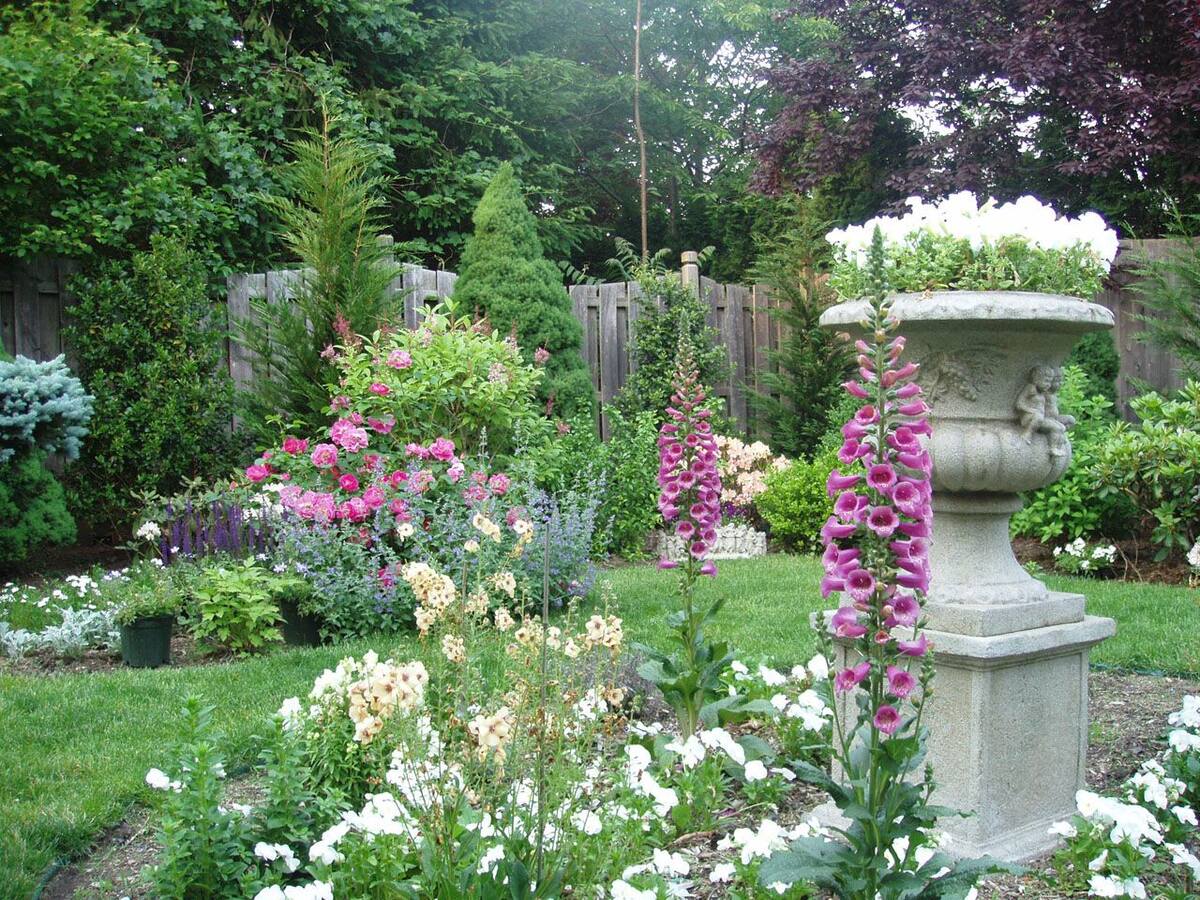

Garden Storage
5 Clever Landscaping Tricks That Restored A 19th-century Garden
Modified: February 25, 2024
Discover 5 clever landscaping tricks that gave new life to a 19th-century garden. Enhance your storage solutions with these genius ideas.
(Many of the links in this article redirect to a specific reviewed product. Your purchase of these products through affiliate links helps to generate commission for Storables.com, at no extra cost. Learn more)
Introduction
Welcome to the enchanting world of 19th-century gardens! These exquisite landscapes, with their meticulously designed layouts and captivating ornamental features, have stood the test of time and continue to inspire the imagination today. If you are fortunate enough to own or have the opportunity to restore a 19th-century garden, you are in for a treat. However, bringing back the glory of these historical landscapes requires careful planning, knowledge, and creativity.
In this article, we will explore five clever landscaping tricks that will help you restore a 19th-century garden to its former splendor. From incorporating historical elements to reclaiming lost features, these strategies will guide you in recreating the authentic charm and elegance of these timeless gardens. So, gather your tools and let’s dive into the world of garden restoration!
Key Takeaways:
- Restore a 19th-century garden by incorporating historical elements like period furniture, antique planters, and heritage lighting to honor the past and create an authentic atmosphere.
- Reclaim lost features in a 19th-century garden to uncover hidden treasures and breathe new life into the landscape, offering a true glimpse into the past.
Trick 1: Incorporating Historical Elements
When it comes to restoring a 19th-century garden, incorporating historical elements is key to capturing the essence of the era and creating an authentic atmosphere. These elements not only contribute to the aesthetic appeal of the garden but also serve as valuable historical references. Here’s why they are important:
Preserving Heritage: Historical elements provide a link to the past, allowing us to preserve and appreciate the heritage associated with the garden. By incorporating these elements, we honor the history and cultural significance of the landscape.
Creating Context: Historical elements help create a sense of place and context, transporting visitors back in time. They provide a visual narrative that enhances the overall experience and tells the story of the garden’s origins and evolution.
Adding Authenticity: By incorporating historical elements, you can bring an authentic touch to the landscape. These elements lend a unique and genuine character to the garden, making it truly reflective of the 19th-century style.
Now, let’s explore some examples of historical elements that can be incorporated into the landscaping:
- Period Furniture: Adorn the garden with carefully selected period furniture pieces such as benches, tables, or even a gazebo. These can be replicas or antiques that match the style of the 19th century.
- Antique Planters and Urns: Use antique planters and urns to showcase beautiful flowering plants or elegant topiaries. These vintage containers add a touch of elegance and authenticity to the garden.
- Victorian Fencing: Install decorative Victorian-style fencing to enclose certain areas of the garden. The intricate details and ornamental designs will evoke a sense of grandeur and sophistication.
- Historic Statues and Sculptures: Place statues or sculptures that were popular during the 19th century in strategic locations throughout the garden. These artistic pieces will add a touch of elegance and artistic flair.
- Heritage Lighting: Illuminate the garden with period-appropriate lighting fixtures such as vintage lanterns or gas-powered lamps. These fixtures will create an enchanting ambiance during evening strolls.
By incorporating these historical elements into your 19th-century garden, you can transport yourself and your visitors back in time, allowing them to appreciate the beauty and atmosphere of that bygone era.
Trick 2: Restoring the Original Layout
Restoring the original layout of a 19th-century garden is crucial in reviving the authentic charm and character of the landscape. By understanding the significance of the original layout and employing the right techniques, you can recreate the spatial arrangement and flow that defined these historical gardens. Here’s why restoring the original layout is important:
Historical Accuracy: The original layout of a 19th-century garden was carefully planned to reflect the prevailing design principles of the time. Restoring the original layout ensures historical accuracy and allows you to showcase the garden as it was intended to be experienced.
Spatial Harmony: The layout of a garden plays a vital role in creating a sense of harmony and balance. The original design was crafted to achieve a harmonious relationship between various elements such as paths, plantings, and architectural features. Restoring the original layout ensures that this spatial harmony is maintained.
Functional Flow: The original layout was designed with a specific purpose in mind, incorporating functional elements like seating areas, focal points, and designated pathways. By restoring the original layout, you can recreate the functional flow that guided visitors through the garden and created a captivating experience.
Now, let’s explore some techniques and methods for accurately recreating the original layout:
- Historical Documentation: Consult historical documents, such as old photographs, maps, and garden plans, to gain insights into the original layout. These documents can provide valuable information about the pathways, planting beds, and key features that were originally present.
- Site Analysis: Conduct a thorough site analysis to understand the existing features and terrain. This will help you identify any remnants or traces of the original layout that may still exist, such as old pathways or structural foundations.
- Historical Research: Conduct extensive research on the design principles and styles prevalent during the 19th century. This will enable you to make informed decisions when recreating the original layout, ensuring that it is true to the era.
- Professional Expertise: Consider hiring a landscape architect or garden designer with experience in historical garden restoration. Their expertise will be invaluable in accurately interpreting and recreating the original layout.
- Collaboration with Preservation Organizations: Reach out to preservation organizations or local historical societies for guidance and support. They may have access to additional resources and expertise that can assist in recreating the original layout.
By restoring the original layout of your 19th-century garden, you can revive the timeless beauty and spatial harmony that characterized these historical landscapes. It will transport you and your visitors back in time, allowing you to experience the garden as it was meant to be enjoyed.
Trick 3: Using Native Plants
Using native plants is a key component in restoring a 19th-century garden. These plants not only add authenticity to the landscape but also provide numerous benefits in terms of sustainability, biodiversity, and ecological balance. Here’s why using native plants is important:
Historical Accuracy: Native plants were an integral part of 19th-century gardens as they were readily available and well-suited to the local climate and soil conditions. By using native plants, you can ensure historical accuracy and recreate the natural beauty that was characteristic of these gardens.
Ecological Balance: Native plants have adapted over centuries to the local environment and play a vital role in maintaining the ecological balance. They provide food and habitat for native wildlife, support pollinators, and contribute to overall ecosystem health.
Sustainability: Native plants are well-adapted to local climate conditions, requiring minimal water, fertilizers, and pesticides once established. By using native plants, you can create a sustainable garden that conserves resources and reduces the need for maintenance.
Now, let’s explore some native plants that were commonly found in 19th-century gardens:
- Lilacs (Syringa vulgaris): These fragrant flowering shrubs were a popular choice in 19th-century gardens. Their beautiful blooms and delightful scent add a touch of nostalgia to the landscape.
- Purple Coneflower (Echinacea purpurea): This native perennial was commonly found in 19th-century gardens for its showy purple petals and its medicinal properties. It attracts pollinators and adds vibrant color.
- Black-Eyed Susan (Rudbeckia hirta): With its cheerful yellow petals and dark central cone, Black-Eyed Susan is a classic choice for a 19th-century garden. It thrives in a variety of soil conditions and attracts butterflies.
- Virginia Bluebells (Mertensia virginica): These delicate, bell-shaped flowers were cherished in 19th-century gardens for their pastel blue color and early spring blooms. They naturalize well in woodland settings.
- Bearded Iris (Iris germanica): Bearded Irises were a popular choice for their striking blooms and vibrant colors. They are easy to grow and add a touch of elegance to any garden.
- Wild Columbine (Aquilegia canadensis): This native perennial features unique red and yellow flowers that resemble bird claws. It attracts hummingbirds and adds a touch of whimsy to the garden.
These are just a few examples of native plants that were commonly found in 19th-century gardens. Research your specific region to discover more native plants that were prevalent during that era. By incorporating these native plants, you can recreate the authentic beauty and ecological sustainability that defined these historical gardens.
Consider using heirloom plants and flowers to restore a 19th-century garden, as they were commonly used during that time period and can help to maintain the historical authenticity of the landscape.
Trick 4: Adding Authentic Ornamental Features
Ornamental features played a crucial role in the aesthetics and charm of 19th-century gardens. By adding authentic ornamental features to your garden restoration project, you can elevate the landscape and truly capture the essence of the era. Here’s why these features are important:
Enhancing the Atmosphere: Ornamental features add a sense of beauty, elegance, and whimsy to the garden. They create focal points, punctuate the landscape, and evoke a feeling of enchantment that was characteristic of 19th-century gardens.
Reflecting Historical Styles: Authentic ornamental features reflect the design styles and trends prevalent during the 19th century. Whether it’s a decorative trellis, a cast-iron fountain, or a Victorian-style garden bench, these elements bring an air of nostalgia and aesthetic authenticity to the restoration project.
Creating Visual Interest: Ornamental features can serve as eye-catching elements that capture attention and draw the eye through the garden. They add layers of visual interest and provide a delightful surprise around every corner.
Now, let’s explore some examples of authentic ornamental features that you can add to enhance the landscape:
- Garden Fountains: Install a beautiful vintage-style garden fountain as a focal point in your garden. The gentle flow of water will create a soothing ambiance and attract birds and other wildlife.
- Victorian Gazebos: A Victorian-style gazebo adds a touch of elegance and provides a charming space for relaxation or social gatherings. Choose a design with intricate lattice work and decorative details.
- Decorative Trellises: Enhance your garden’s vertical space with decorative trellises, adorned with climbing roses, ivy, or other flowering vines. These structures add height and visual interest to the landscape.
- Cast-Iron Garden Benches: Place vintage cast-iron garden benches strategically throughout the garden to provide seating areas and evoke a sense of nostalgia.
- Sundials or Garden Clocks: These timepieces were popular ornamental features in 19th-century gardens. Install a sundial or a garden clock as a functional and decorative element.
- Stone Statues or Sculptures: Add a touch of classical beauty with stone statues or sculptures depicting figures from mythology or period-inspired designs.
These examples represent just a fraction of the possibilities for authentic ornamental features in your 19th-century garden restoration. Be sure to research the specific design styles and ornamental elements that were popular during that era to stay true to historical accuracy. By incorporating these features, you can truly enhance the landscape and transport yourself and your visitors to a bygone era.
Trick 5: Reclaiming Lost Features
Reclaiming lost features in a 19th-century garden is a thrilling endeavor that allows you to uncover hidden treasures and revive the full splendor of the landscape. Identifying and restoring these lost features not only adds historical authenticity but also adds a sense of mystery and intrigue to your garden restoration project. Here’s how you can embark on this exciting journey:
Identifying Lost Features: The first step is to carefully study historical documentation, old photographs, and maps to identify any lost features that might have been present in the original garden design. Look for clues such as remnants of paths, overgrown areas, or indications of structures in the landscape.
Site Exploration: Conduct a thorough exploration of your garden to unearth any hidden or buried features. Use metal detectors, ground-penetrating radar, or even enlist the help of professional archaeologists to locate hidden structures, foundations, or artifacts that may have been lost over time.
Research and Expertise: Seek expert advice and consult with historical preservation organizations or garden restoration professionals. They can provide valuable insights and expertise on identifying and restoring lost features, ensuring that the process is done accurately and in line with historical authenticity.
Structural Restoration: If you discover foundations, walls, or other structural elements, work with professionals to assess their condition and develop a restoration plan. Depending on the extent of the damage, you may need to bring in skilled craftsmen or stonemasons to rebuild or repair these features using traditional techniques and materials.
Garden Features: Lost features in a 19th-century garden can include various elements such as decorative gates, arbors, or even ornamental bridges. If you find remnants or old photographs of these features, you can recreate them based on historical references or consult with artisans specializing in historical restoration to reproduce them authentically.
Planting Restoration: Reintroducing plants that were historically used in the garden can also be a part of reclaiming lost features. Research the types of plants and trees that were originally planted in the garden during the 19th century and select those that are suitable for your climate and soil conditions.
Remember, the process of reclaiming lost features requires patience, careful research, and collaboration with experts. It’s a wonderful opportunity to uncover the hidden history and restore the original charm of your 19th-century garden. By successfully reclaiming lost features, you will breathe new life into the landscape and offer a true glimpse into the past.
Conclusion
Restoring a 19th-century garden is a labor of love that allows you to revive the beauty, elegance, and historical significance of these enchanting landscapes. By incorporating historical elements, restoring the original layout, using native plants, adding authentic ornamental features, and reclaiming lost features, you can bring the garden back to its original glory.
Incorporating historical elements not only adds authenticity but also preserves the rich heritage associated with the garden. Restoring the original layout ensures historical accuracy and maintains the spatial harmony and functional flow that defined these gardens. Using native plants promotes biodiversity, ecological balance, and sustainability while reflecting the natural beauty of the era.
Adding authentic ornamental features elevates the aesthetic appeal of the garden, enhances the atmosphere, and captures the design styles prevalent during the 19th century. Reclaiming lost features adds an element of discovery and excitement, allowing you to uncover hidden treasures and revive the full splendor of the landscape.
Throughout the restoration journey, it’s important to conduct thorough research, seek expert advice, and collaborate with historical preservation organizations and professionals. Their guidance and expertise will ensure that your restoration efforts are accurate and in line with historical authenticity.
By restoring a 19th-century garden, you are not just creating a beautiful landscape but also preserving a piece of history. The garden becomes a living testament to the elegance, craftsmanship, and design philosophy of the past. Whether you undertake the restoration for personal enjoyment or to share with others, the result will be a timeless oasis that captivates and inspires all who are fortunate enough to experience it.
So, embark on this exciting journey and let the magic of a restored 19th-century garden transport you back in time. Immerse yourself in the beauty and grace of a bygone era, and cherish the opportunity to breathe new life into these historical landscapes.
Frequently Asked Questions about 5 Clever Landscaping Tricks That Restored A 19th-century Garden
Was this page helpful?
At Storables.com, we guarantee accurate and reliable information. Our content, validated by Expert Board Contributors, is crafted following stringent Editorial Policies. We're committed to providing you with well-researched, expert-backed insights for all your informational needs.
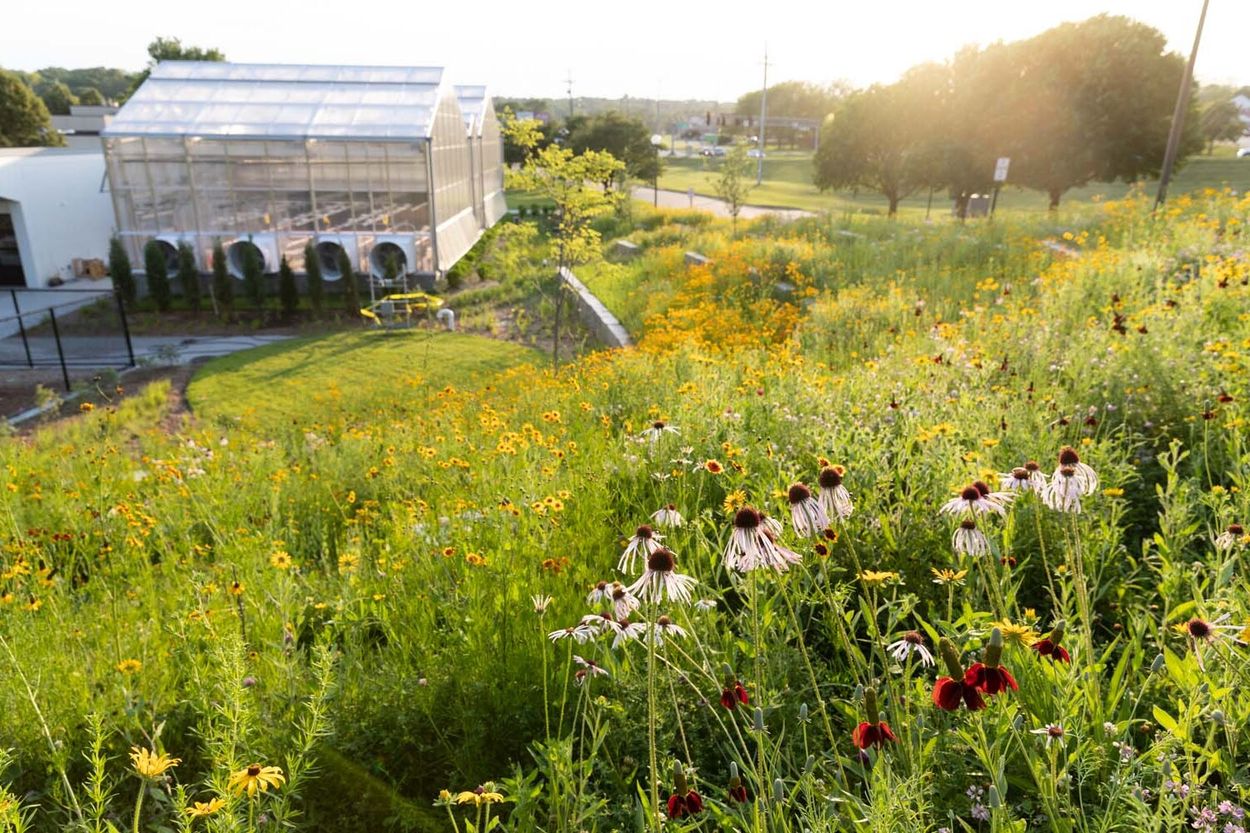
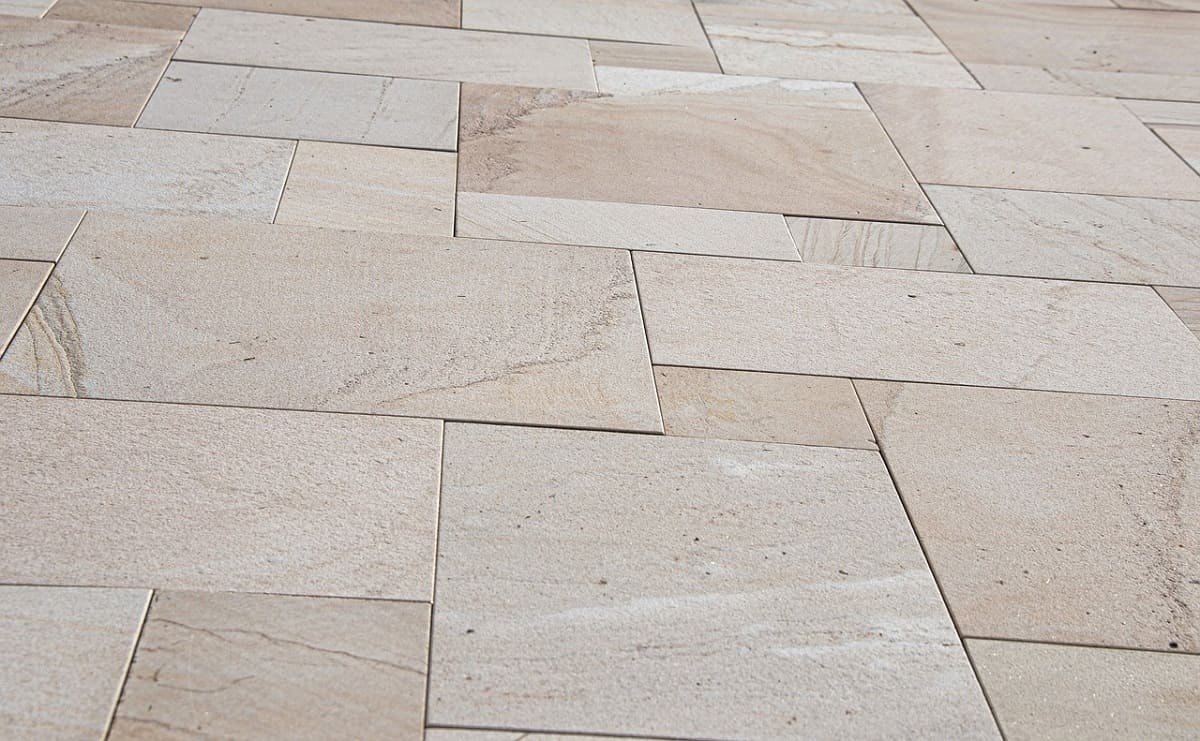


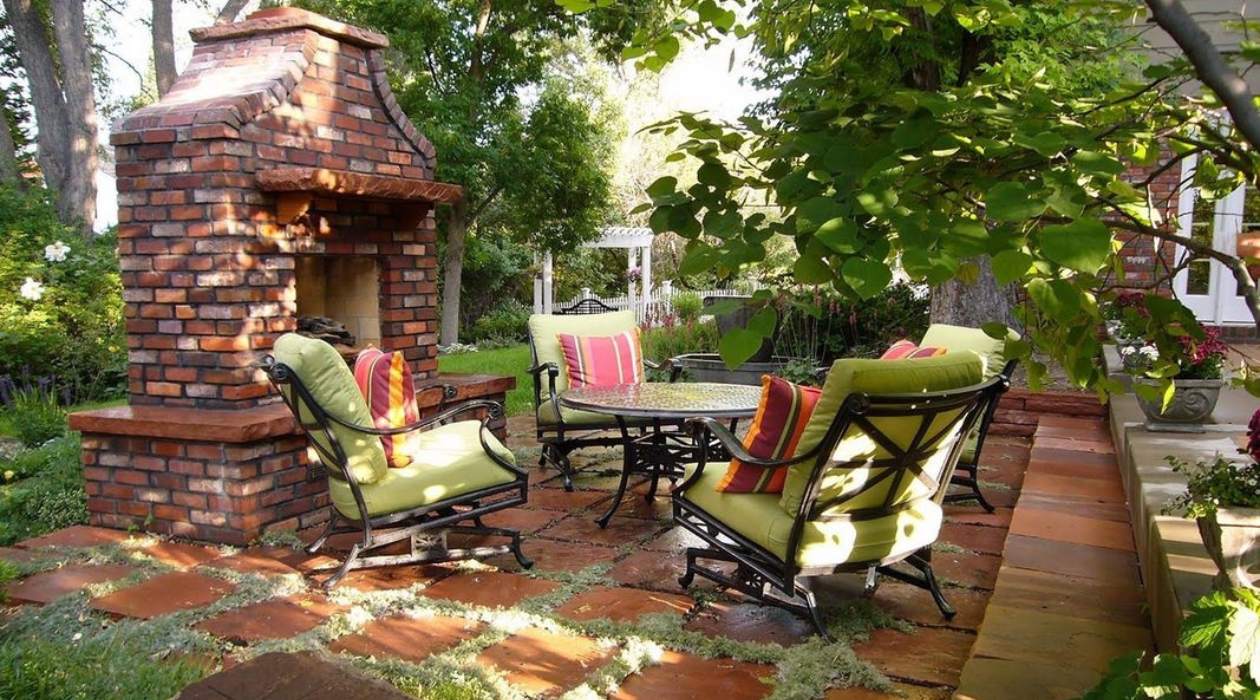
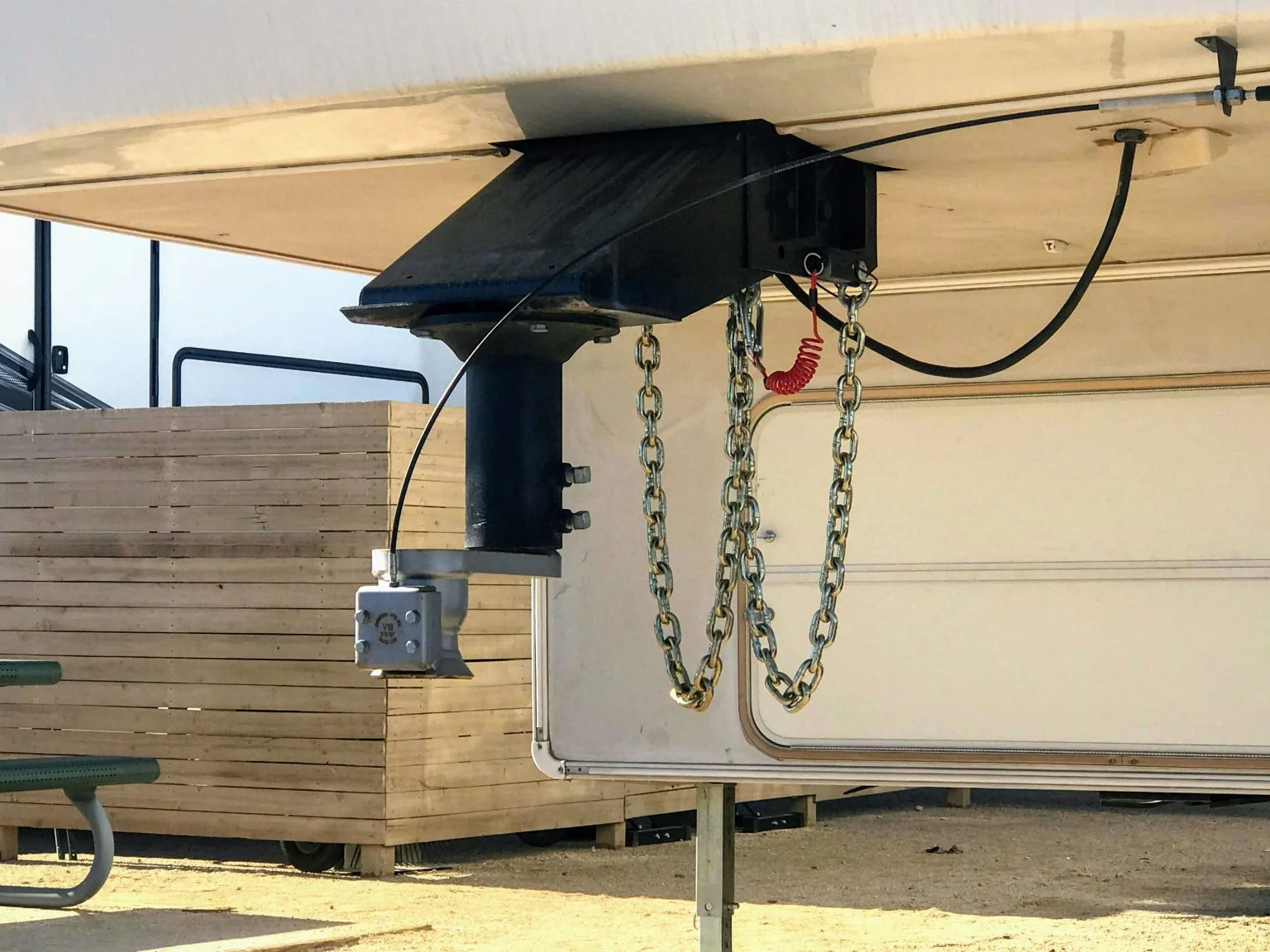
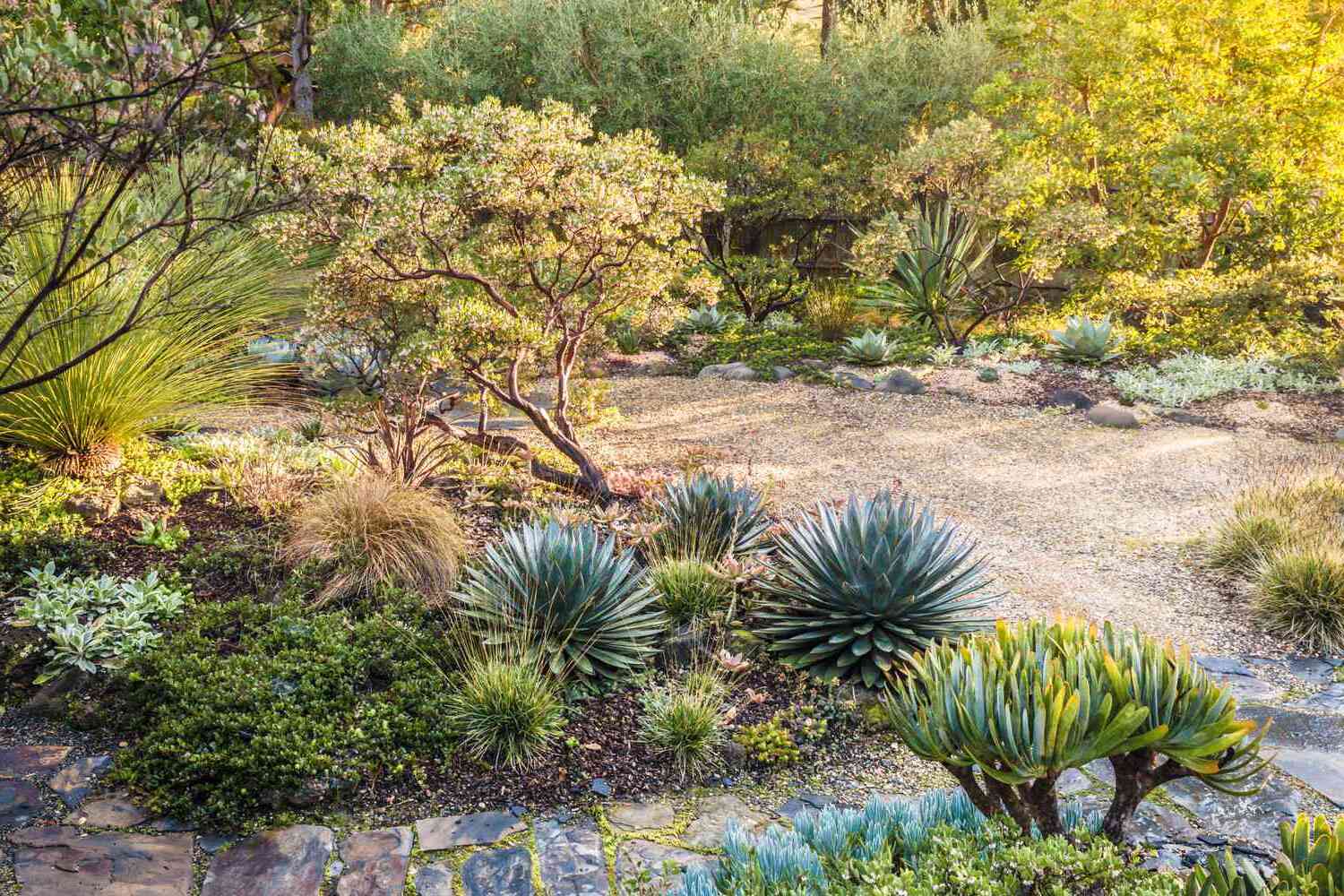
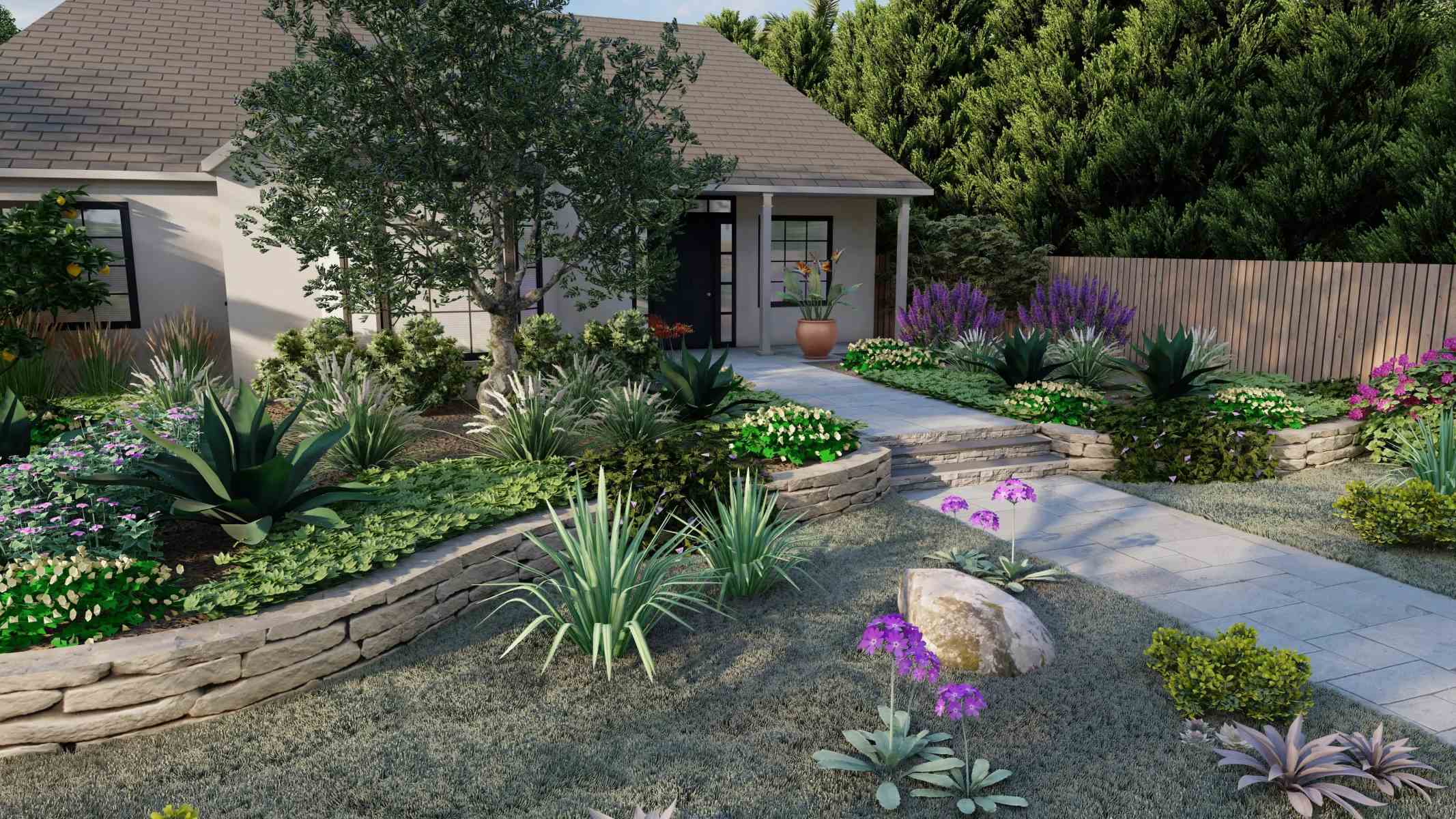


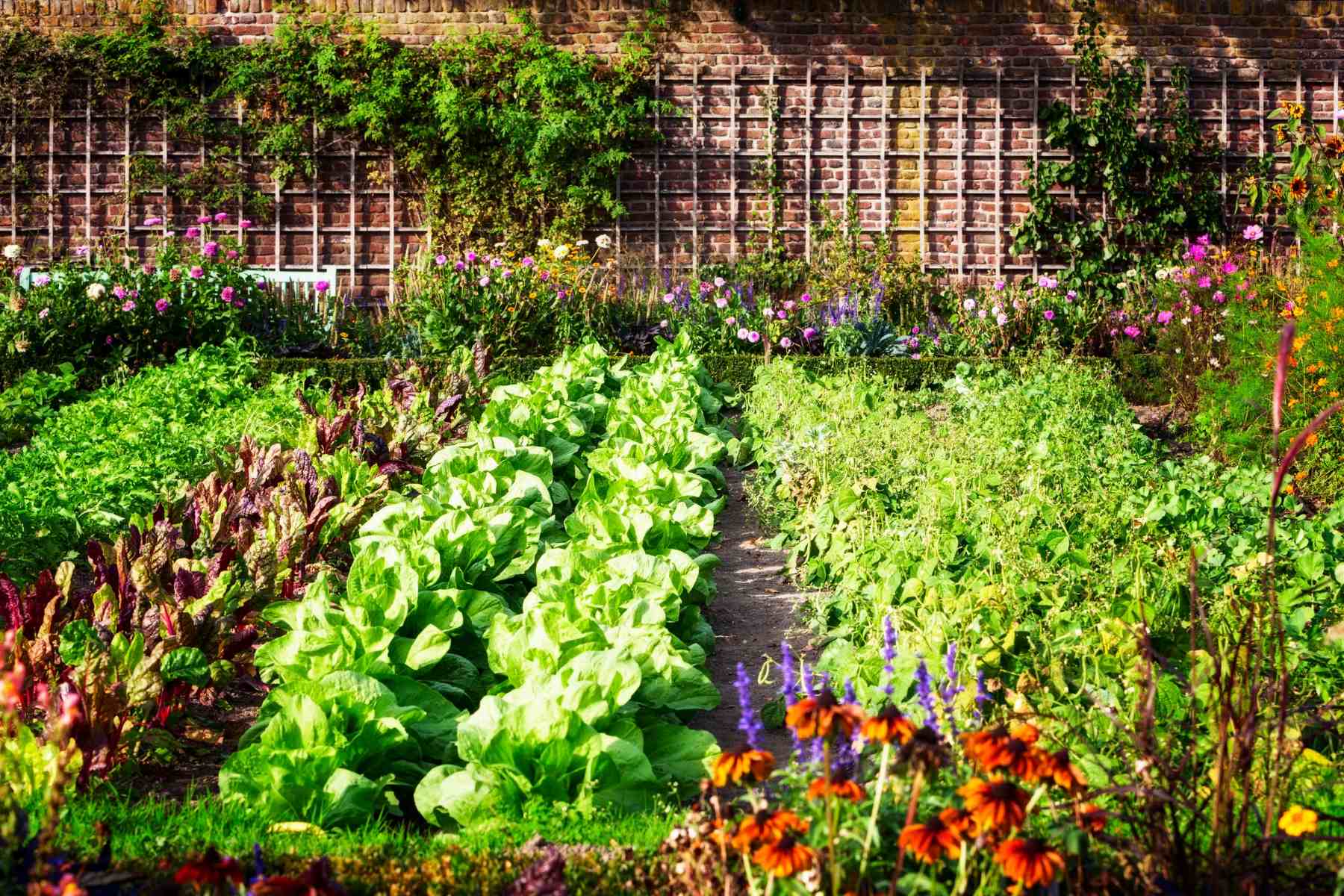
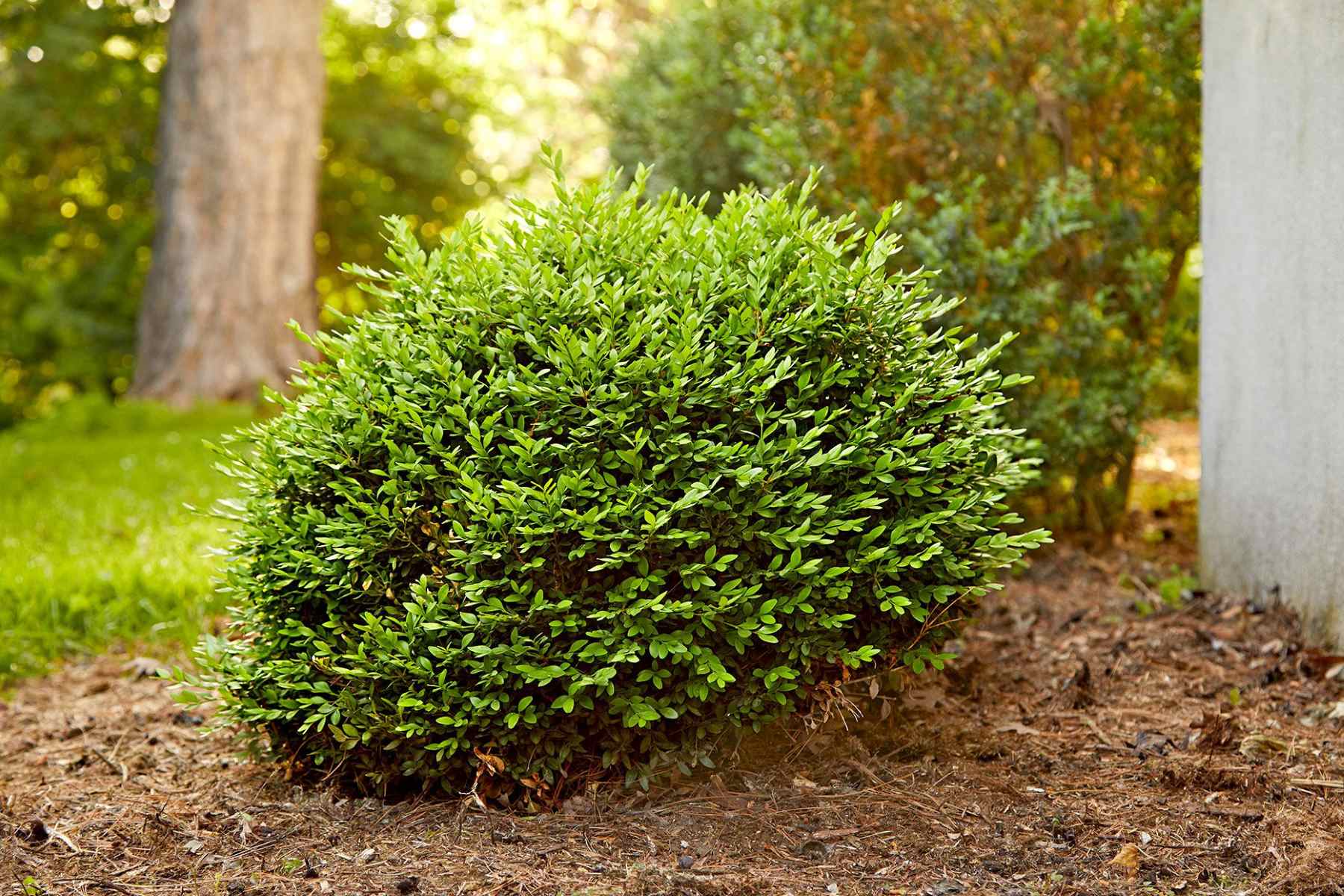

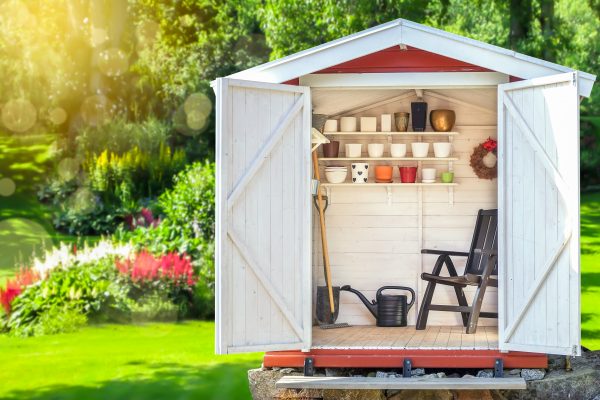

0 thoughts on “5 Clever Landscaping Tricks That Restored A 19th-century Garden”